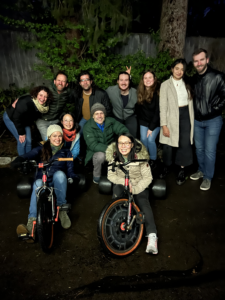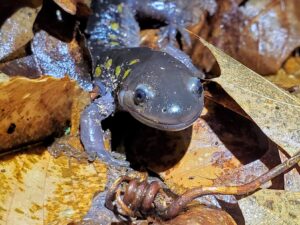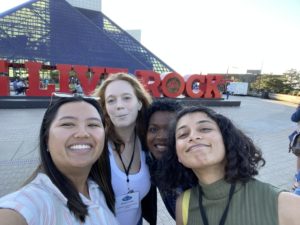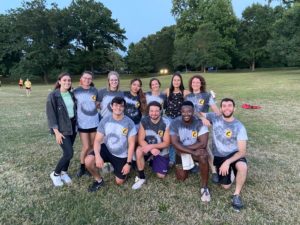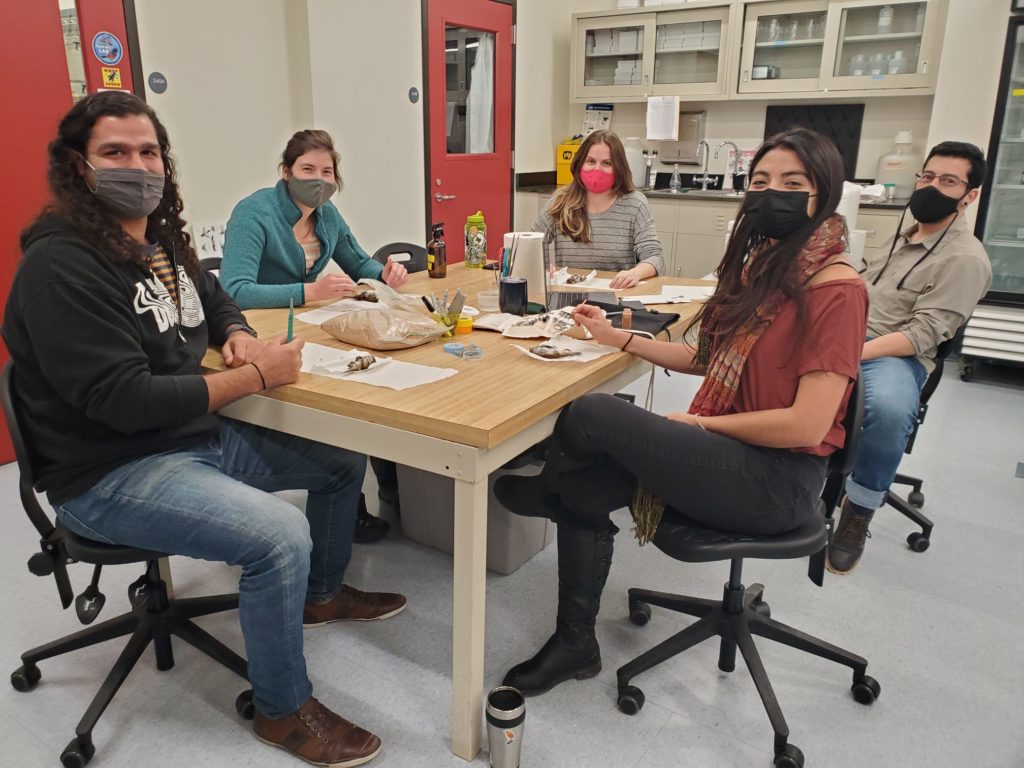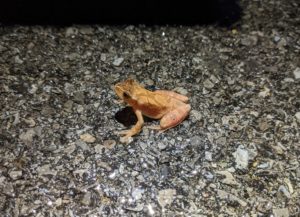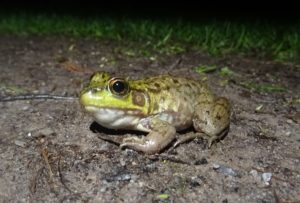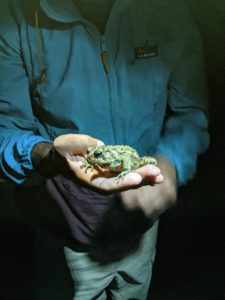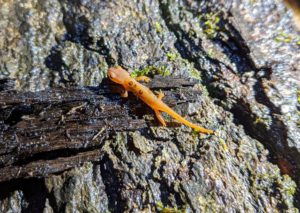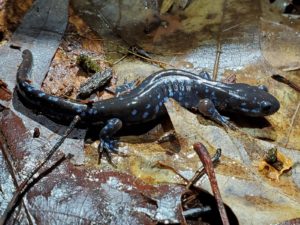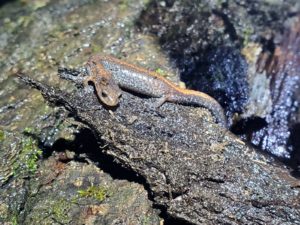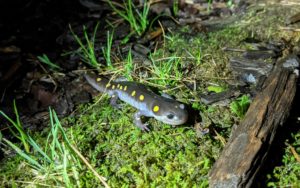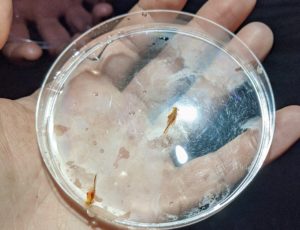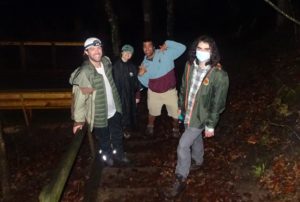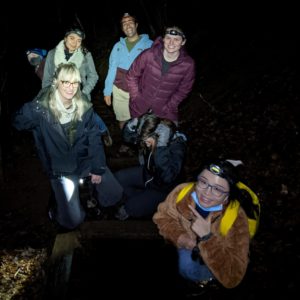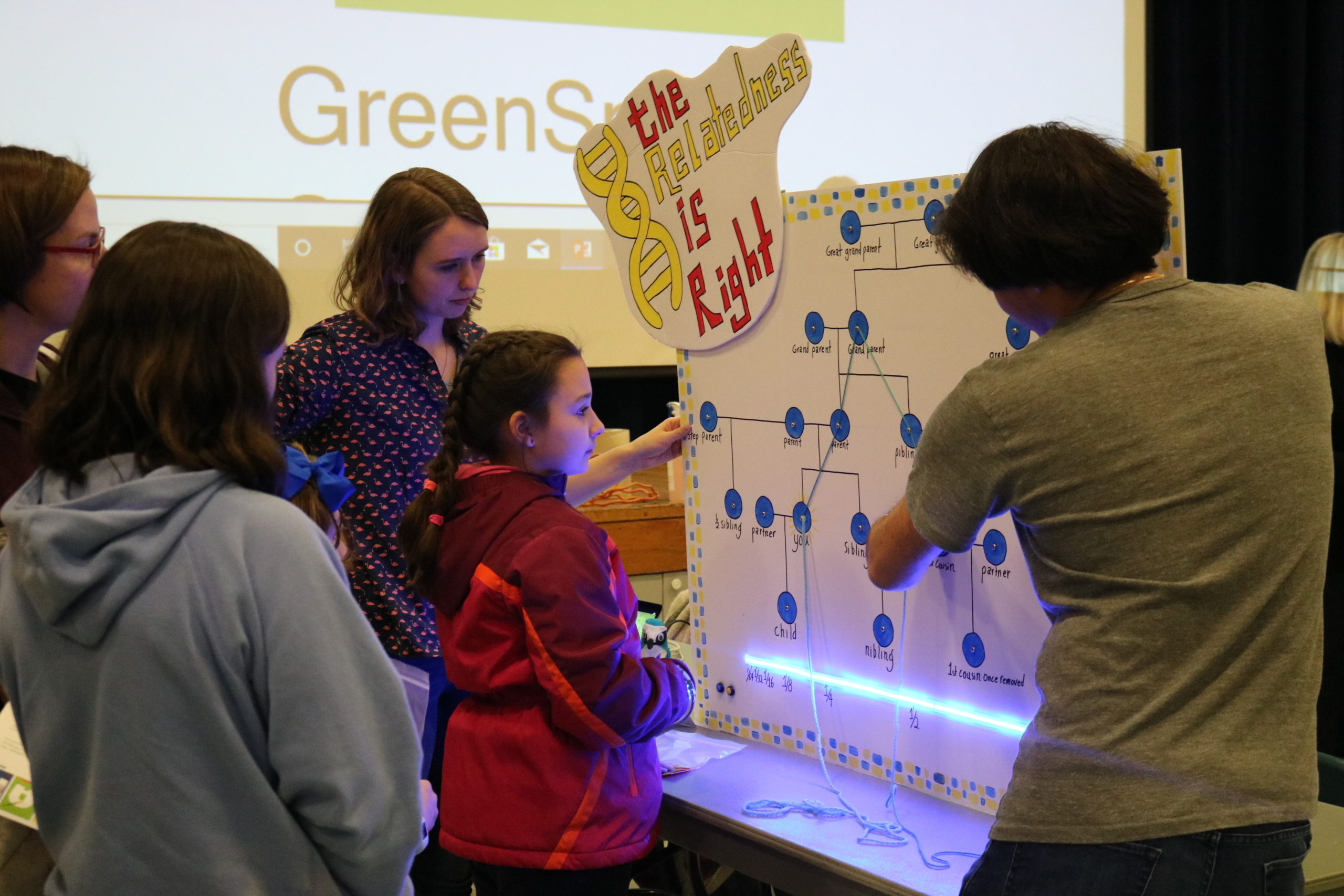Trying out something new, here is a summary of the discussion members of the department had this past Wednesday during our weekly journal club. We discussed the paper “Demography and linked selection interact to shape the genomic landscape of codistributed woodpeckers during the Ice Age” by Moreira, Klicka, and Smith, published in Molecular Ecology in 2023.
The main idea of the paper was to compare the genomic diversity found in populations across North America of two diverged woodpeckers that share extremely similar ranges, the Hairy and Downy woodpeckers. These species are also expected to share their historic ranges that were shaped by glacial patterns that affected many North American species during the Pleistocene, possibly resulting in similar demographic histories. The authors compare reconstructed historic demographies, genetic structure across populations, and relationships between genetic diversity and various genomic features including GC content and recombination rate to determine how this shared range history resulted in similar or different patterns in each species.
We were impressed by how well the different approaches agreed with each other, supporting the idea that both species experienced similar bottleneck events in response to glaciation. However, we did discuss some challenges the authors faced with measuring differences in genetic load. The metric used to measure load will heavily affect your results, and Justin recommended a review by Simons and Sella (https://doi.org/10.1016/j.gde.2016.09.006) that explores the impact of these metrics on results.
We also had a fun discussion on why these two woodpeckers are so similar despite being diverged by several millions of years. Maria shared some hypotheses in the literature on how social mimicry or defensive mimicry could have driven convergent evolution in plumage between these birds (see https://doi.org/10.1016/j.anbehav.2021.08.018 and https://doi.org/10.1016/j.anbehav.2018.01.012 for more details).

